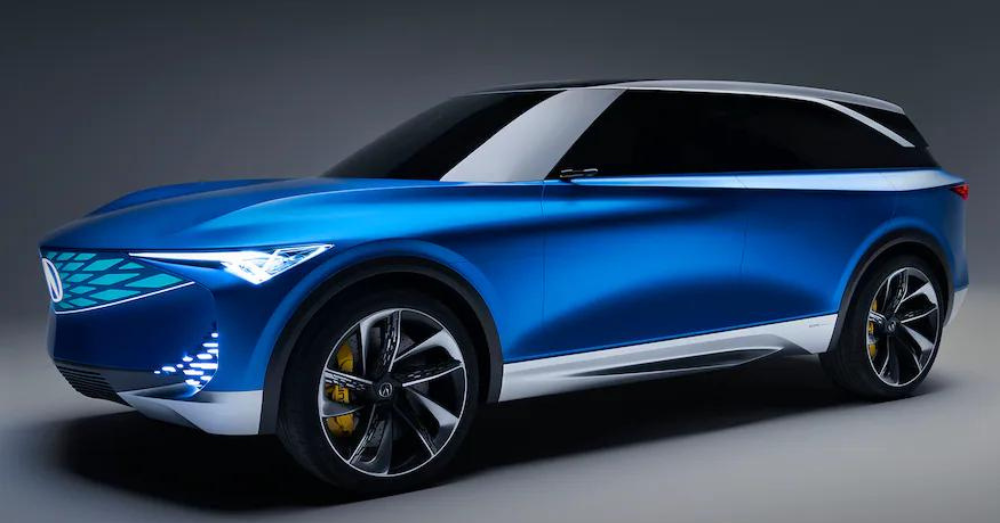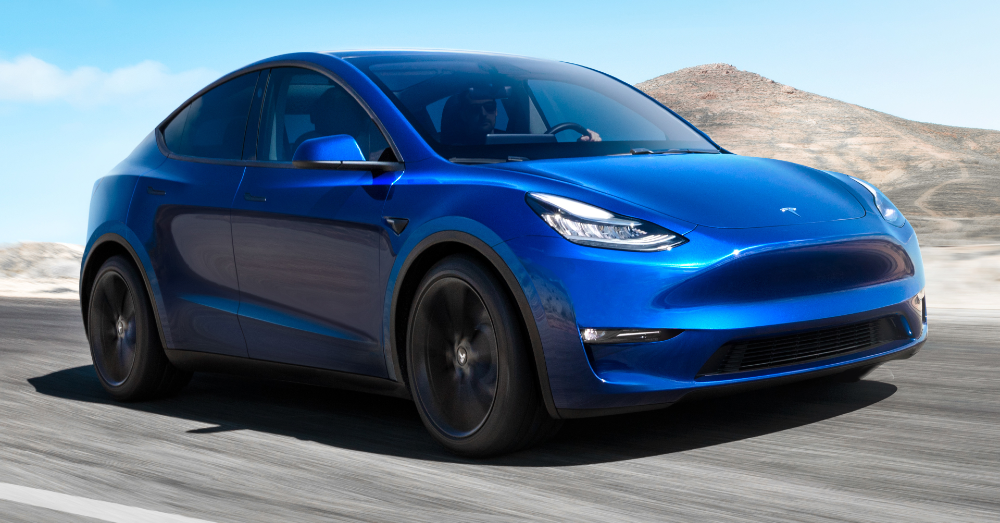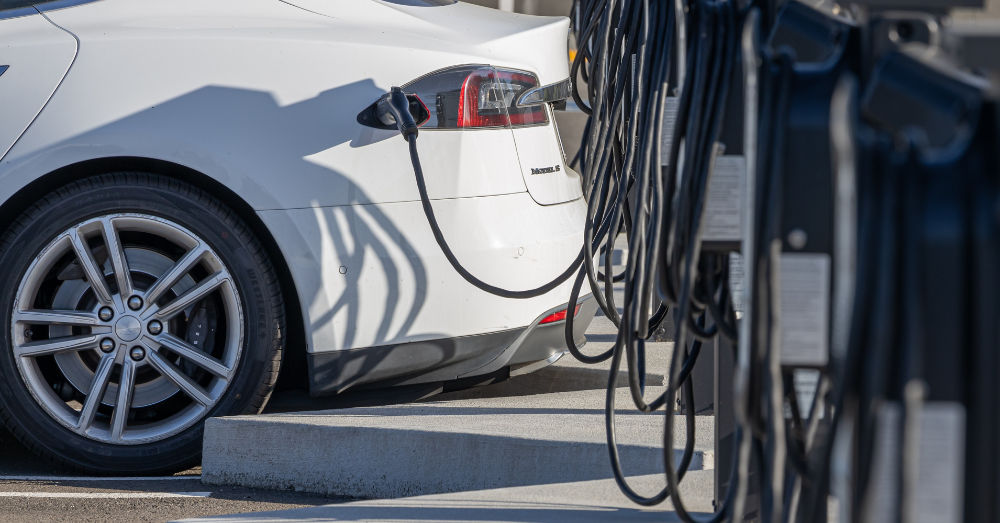
California Waiver Fight: What Revocation Means for ZEV States
California’s climate policies depend on federal waivers, but those are under fire since the latest federal administration took office. What does this mean for the environment and EVs?
The California Air Resource Board (CARB) has set standard to improve tailpipe emissions in the state for many years. The standard set by this agency have been adopted by other states across the country, but recent changes have put the standard set in jeopardy. The increased emissions regulations and march toward electric vehicles is dependent upon federal waivers, but those are no longer being allowed for California or other states.
A letter to the state
In a letter from June, the federal executive office accused California if attempting to impose a nationwide electric vehicle mandate and improve overall fuel efficiency across the automotive industry. This letter spells out the inability to separate the environment by state, therefore disallowing federal waivers as expressed in the Clean Air Act. This basically means the federal government is not going to support further actions to move toward zero-emissions vehicles in most states.
Without these waivers, California and other states that have been pushing for improved climate policies will see their progress halted or reversed. Some of the environmental benefits of EVs are:
Zero emissions
Electric vehicles don’t burn gasoline or diesel while operational. They produce zero exhaust emissions, which means no harmful gasses like carbon dioxide are added to the atmosphere from these vehicles. This should help reverse global warming, but not if these vehicles aren’t allowed to be driven. Hydrogen-powered vehicles also produce zero emissions by expelling only water vapor into the atmosphere.
The more harmful particulates and emissions in the atmosphere, the worse the air quality. Poor air quality leads to respirator issues, which is a leading problem in heavily populated cities.
Renewable cleaner fuel
Electricity is a renewable fuel. There are many ways to create electricity, which makes it one of the cleanest forms of energy. Gasoline and diesel requires being dug from the ground and refined, which requires huge amounts of energy. The energy necessary to charge an EV is much cleaner and can be produced various ways, including through solar, water, and wind power.
Energy offset from production
Its not a secret that it takes more energy to product electric vehicles than conventional models because of the lithium-ion battery packs used in EVs. Once an EV it’s the road, it only takes two years for the energy production difference to be offset. From that point onward, EVs are much more efficient and cleaner than traditional vehicles. Eventually, battery technology should be improved using reusing and recycling processes that allow used batteries to have a second life or be broken down for the components and rebuilt into new batteries.
EVs More affordable to drive
Electric vehicles are generally more expensive than traditional vehicles, but operating an EV is much cheaper than a gas or diesel-powered vehicle. This is especially true of EVs that are charged at home, which is just another convenience benefit of these vehicles. Using electrical energy at home means EVs are much more efficient and affordable to operate because electricity is much cheaper than gas or diesel.
Even if you use fast charging stations, the energy is cheaper to operate electric vehicles than gas or diesel, making it more affordable to drive an EV than any other vehicle type.
Maintenance costs and frequency
Electric vehicles have fewer moving parts than traditional gas and diesel-powered vehicles. The general build of an EV means they have fewer moving parts than traditional models, ensuring EVs cost less to maintain. You also won’t need to visit the shop for scheduled maintenance as often. Even the consumable parts, such as brake pads and rotors, last longer in EVs because regenerative braking can take care of much of the braking needs.
Relaxing ride
EVs are nearly silent to drive, which means you can have a much quieter ride and enjoy a more relaxed and comfortable experience while on the road. There are only three gear settings in most EVs, which are “Drive,” “Reverse,” and “Park.” You’ll feel much less stressed when you take an EV out for a drive than you do in traditional vehicles because of the relaxing nature of the ride.
Improved performance
Electric vehicles uniquely offer much better performance than traditional vehicles because the entire torque range is available immediately. This means instant acceleration off the line, ensuring you get a surge of speed that makes for some exciting driving from a stop light. The performance factor is further improved through regenerative braking, which captures some of the energy from braking and sends it back to the battery pack to improve the driving range.
Better balance
Something that many drivers don’t realize about electric vehicles is where the weight is located. Most modern EVs have the battery pack located in the floor, which puts much of the weight close to the ground, thus lowering the center of gravity. This ensures EVs have much better performance through corners, don’t have a chance of rollover as much as other vehicles, and can feel better in turns.
The federal government has waged war against California’s push to improve air quality and focus on the environment, but they haven’t removed EVs from the market. Should environmental improvements take a back seat to politics?
This post may contain affiliate links. Meaning a commission is given should you decide to make a purchase through these links, at no cost to you. All products shown are researched and tested to give an accurate review for you.



